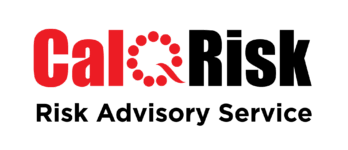Congratulations! You’ve calculated your emissions — that’s a major milestone. Now it’s time to report those findings. Reporting your emissions is not only about compliance; it’s also about transparency, accountability, and driving real progress towards sustainability.
Why Emissions Reporting Matters
Accurate and consistent emissions reporting:
- Builds stakeholder trust
- Meets regulatory obligations
- Highlights areas for improvement
- Demonstrates your organisation’s sustainability commitment
Choosing the Right Reporting Framework
Businesses typically report under a recognised framework. The framework you choose will depend on:
- Your industry
- Regulatory requirements
- Stakeholder expectations
Common Frameworks:
- CDP (Carbon Disclosure Project)
- TCFD (Task Force on Climate-related Financial Disclosures)
- GRI (Global Reporting Initiative)
- SECR (Streamlined Energy and Carbon Reporting – UK)
- ESRS (European Sustainability Reporting Standards)
All of these frameworks align with or are based on the Greenhouse Gas Protocol, which is the global standard for emissions accounting.
If your calculations are already in line with the Greenhouse Gas Protocol, you’re in a strong position to adapt your data to any of these frameworks.
What to Include in a Standard Emissions Report
A good emissions report should be clear, credible, and comprehensive. Here’s what to include:
1. Emissions Breakdown by Scope
- Scope 1: Direct emissions (e.g., fuel combustion)
- Scope 2: Indirect emissions from purchased electricity, heat or steam
- Scope 3: Other indirect emissions (e.g., business travel, supply chain)
2. Methodology
- Emission factors used
- Data sources
- Assumptions and exclusions
3. Emissions Reduction Measures
- Energy efficiency upgrades
- Renewable energy usage
- Behavioural and operational changes
4. Intensity Metrics
- Emissions per employee, revenue, or unit of production
5. Progress and Targets
- Current performance vs baseline year
- Short-term and long-term reduction goals
- Planned initiatives
Communicate Your Impact
Reporting is just one part of the process — sharing your results effectively is just as important. Consider:
- Internal communications (e.g., board reports, staff newsletters)
- External communications (e.g., website, ESG reports, investor updates)
- Stakeholder engagement (e.g., suppliers, customers, regulators)
Make It Easier with GreenFeet
GreenFeet can support your reporting journey with:
- Automated report generation
- Built-in alignment with GHG Protocol
- Clear visuals and stakeholder-ready outputs
Whether you’re reporting for the first time or refining an existing approach, GreenFeet simplifies the process, helping you focus on reducing emissions, not just reporting them.
Ready to take the next step? Book a demo today and see how we can support your sustainability goals.









